
3 Strategies to Become the Resilient Leader You Were Meant to Be
So you’ve finally made it to management. Here’s how you stay there—and keep climbing the leadership ladder.
Read or listen offline
Amazon KindleRecommendation
Leaders operate differently than solo performers and require a distinct mindset and skillset. In this article for Fast Company, leadership coach Bill Treasurer, author of Leadership: Two Words at a Time, advises newly appointed executives to develop “leadership fitness” to attain sustainable success. He outlines three steps toward developing this crucial trait: master yourself, nurture your team, and focus on results.
Summary
About the Author
Bill Treasurer, a leadership coach and CEO of Giant Leap Consulting, is also the author of Leadership Two Words at a Time: Simple Truths for Leading Complicated People; Leaders Open Doors: A Radically Simple Leadership Approach to Lift People, Profits, and Performance; Unlocking Horns: Courageous Conflict at Work; and other leadership titles.








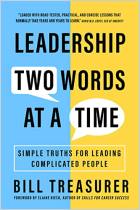
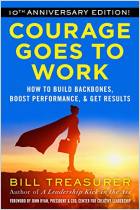
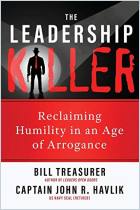
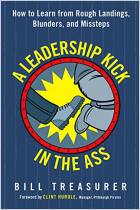
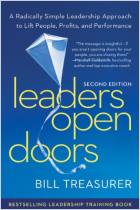
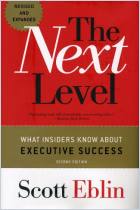
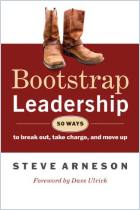

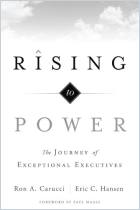








Comment on this summary or Start Discussion